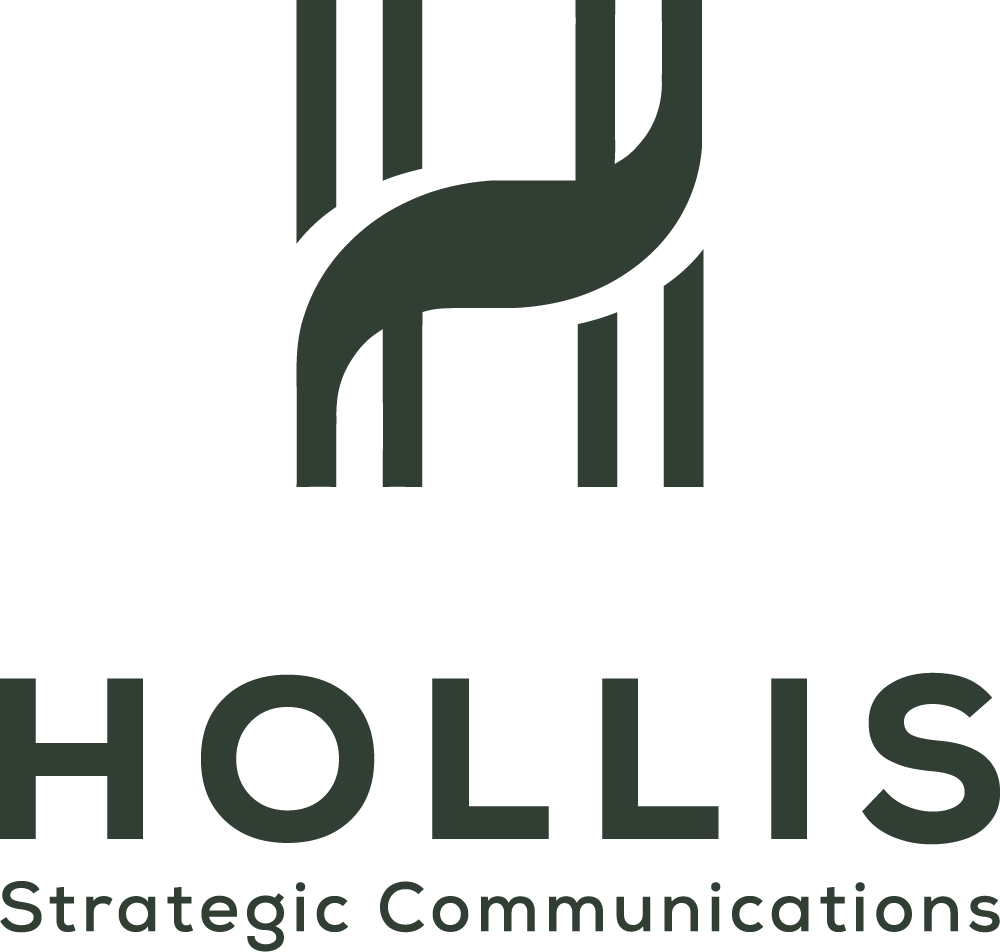How to prepare for a live TV interview
Welcome to HOLLIS blog post #1. We’ll use this space to share tips and best practices across a variety of communications topics. This one will focus on live TV interviews.
So, you’ve landed a broadcast TV interview. Congratulations! This is a great opportunity to get your message out to a huge audience. Preparing for all interviews is important – this is never something you want to “just wing” – but live TV interviews are different. You get one shot, and you don’t have much time, so it’s important to take the time beforehand to hone in on your messaging and presentation.
Here are some tips on preparing for a live interview:
1. Define the main point(s) you want to get across. Have at least one main message, but no more than three. Example:
a. What your organization does.
b. Why it’s important.
c. What the audience can do.
Live TV interviews are typically no more than three to five minutes, which goes by quicker than you think. Prioritize your messaging. And don’t forget the call to action at the end! This can be anything from “visit our website to learn more” to “scan the QR code to donate today” or “come to our booth Saturday at the convention center.”
2. Anticipate questions the reporter is likely to ask. This is where a PR professional can really help. Having facilitated dozens of live interviews, a PR pro can often anticipate questions and help coach the client on how to prepare an authentic, compelling responses.
On rare occasions, reporters will tell you ahead of time what they intend to ask, but don’t expect that to happen. Put yourself in their shoes: what don’t they know about you and your organization? Why should their audience care? How can you weave in your strategic messaging into your responses? You can usually count on the first question being a broad, overarching one that introduces the audience to the point of the interview (ex: what brings us to this event today? Tell us about [insert nonprofit / corporate initiative] – what’s the goal and who does it serve?). If you can’t anticipate the questions, at least be able to give a 30-second “elevator pitch” that summarizes what you’re promoting.
3. Practice. Be able to articulate your points in a few clear, concise sentences. And say them out loud, in a space where you feel comfortable, over and over again. Have a trusted PR advisor role play the reporter and ask a variety of questions – both softballs and tougher, more pointed questions.
4. Wear something professional and comfortable. Unlike podcast/radio spots or interviews for print outlets, in a live TV interview you must think about your onscreen appearance. Outfit selection is important! Oftentimes, depending on your position and organization, business professional attire is the way to go.
Other times, you might want to leverage the opportunity to wear branded attire – for example, if your company has dress shirts or polo shirts with the company logo, that’s a great way to get your brand visibly. If you’re representing a sports team, wear the team colors.
When in doubt, ask a PR professional to help you plan your on-air attire.
5. Thank the reporter. Air time is extremely valuable. Before your interview starts, express gratitude to the reporter for what they’re about to do - engaging in a dialogue with you about your mission that will be broadcast to thousands of people. Even if it was the news assignment manager’s decision to give you the spot, thank the reporter anyway. It builds goodwill and strengthens your media relations.
If you made it this far, thanks for reading. Hope these tips are helpful. Stay tuned for more PR tactics that elevate your messaging and help you stand out.
